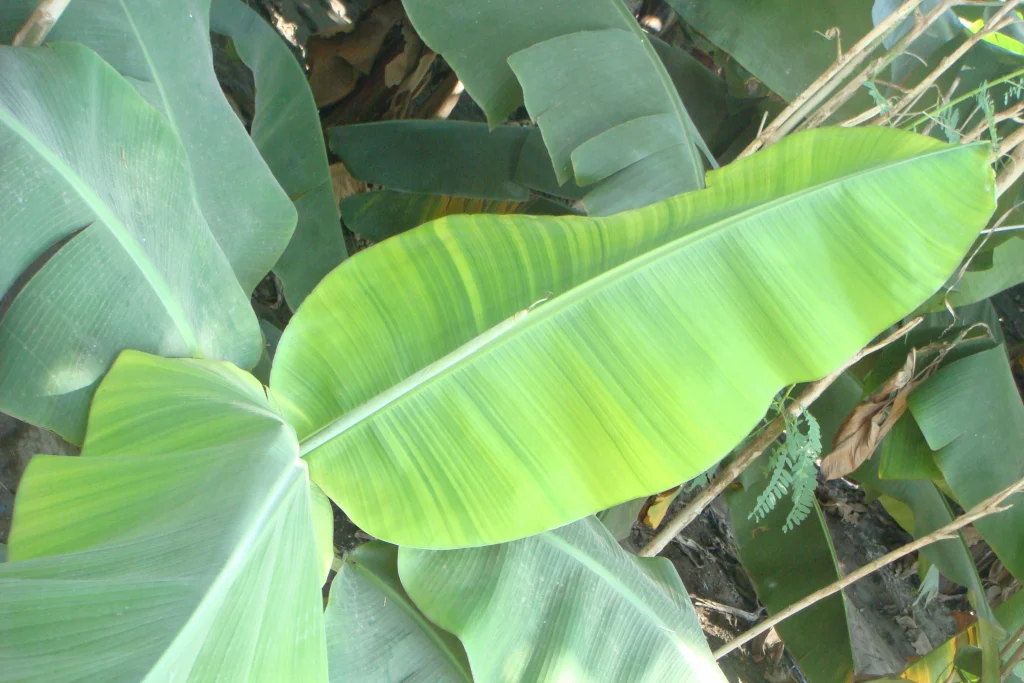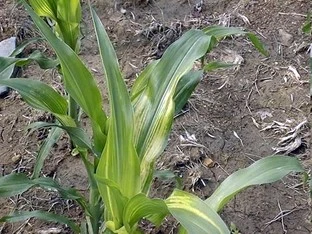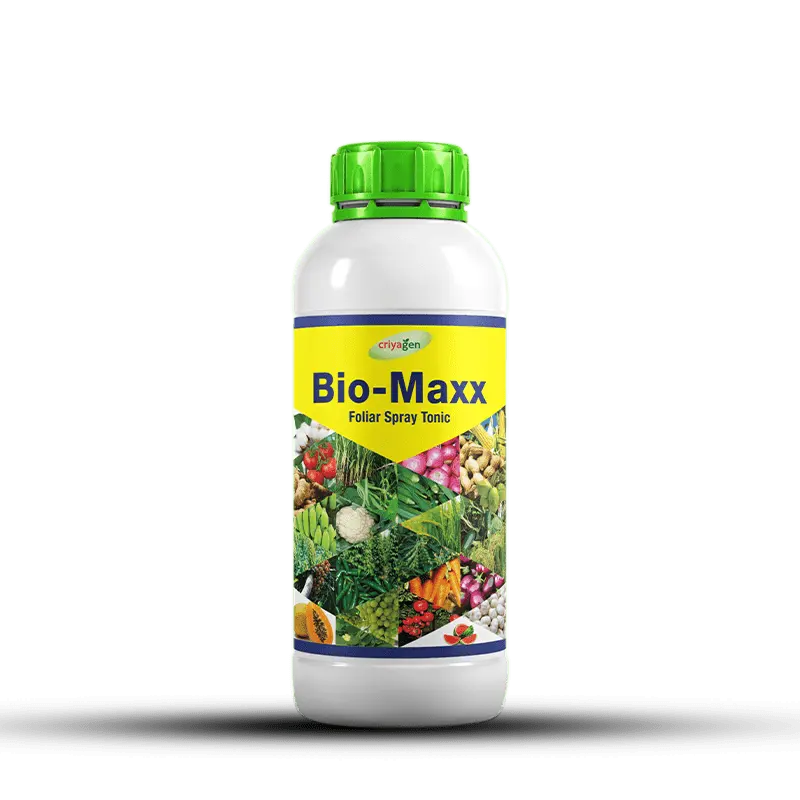As a passionate farmer, we all strive to ensure our plants live and flourish. However, nutrient deficiencies, pests, and diseases can be challenges in achieving green gardens. Among these challenges, nutrient deficiencies stand out as a leading cause of stunted growth and crop losses.
Identifying and addressing these deficiencies promptly is crucial for maintaining healthy yields. In this article, we will dive into the types of nutrient deficiencies, their identification, the importance of micronutrients and an effective solution to address these deficiencies through the BIO-MAXX product.
Types of Nutrient Deficiencies in Plants
Nutrient deficiencies can be broadly categorized into two types:
- Primary Nutrient Deficiencies (Macronutrients): These include nitrogen (N), phosphorus (P), potassium (K), calcium (Ca), sulfur (S), and magnesium (Mg). These nutrients are essential in large quantities and are major components of fertilizers, especially the N-P-K group.
- Secondary Nutrient Deficiencies (Micronutrients): These include copper (Cu), iron (Fe), molybdenum (Mo), zinc (Zn), boron (B), manganese (Mn), among others. While required in smaller quantities, micronutrients play a crucial role in plant health and growth.
How to Identify Micronutrient Deficiencies in Plants?
Visual Identification
Visual examination is a simple method to identify nutrient deficiencies in plants. Here are some visual symptoms associated with micronutrient deficiencies:
Iron Deficiency: Young leaf yellowing and interveinal chlorosis.

Boron Deficiency: Impaired growth, broken stems, death of shoot tips, leading to a bush-like shape.

Zinc Deficiency: Mottled leaves with irregular chlorotic areas.

Manganese Deficiency: Chlorotic mosaic patterns primarily appear in young leaves.

Importance of Micronutrients in Plant Health
Micronutrients play vital roles in various plant functions:
- Iron: Essential for chlorophyll formation and cell division.
- Boron: Necessary for cell wall formation, membrane integrity, calcium uptake, and numerous other functions.
- Zinc: A component in many enzymes, essential for carbohydrate metabolism, protein synthesis, and stem growth.
- Manganese: Important for photosynthesis, respiration, and enhancing plant tolerance to high light intensity.
Introducing BIO-MAXX: FCO Micronutrient Fertilizer Mixture Foliar Spray Grade -I (I)-The Ultimate Micronutrient Solution

What is BIO-MAXX?
BIO-MAXX is a FCO micronutrient fertilizer mixture foliar spray grade-I (I) designed for all types of crops, including agriculture, horticulture, plantation, and ornamental plants. It contains a blend of inorganic nutrients like Zinc (3.0% min), Ferrous(2.0% min), Manganese(1.0% min) and Boron (0.5% min).
Benefits of BIO-MAXX:
- Enhances crop growth, development, flowering, and fruit setting.
- Prevents nutrient deficiencies and enhances yield.
- Increases plant tolerance to environmental stresses.
Usage Instructions:
BIO-MAXX can be foliar sprayed with 2-3 ml/liter of water. 2- 3 sprays based on crop duration. The product is compatible with pesticides except copper based.
Conclusion
BIO-MAXX is more than just a product; it’s a game-changer for farming. With its comprehensive micronutrient formula, BIO-MAXX addresses nutrient deficiencies effectively, promoting healthier, greener plants and increased crop yields. Don’t wait any longer; give your plants the care they deserve with BIO-MAXX and witness your garden bloom into a vibrant oasis of greenery.
